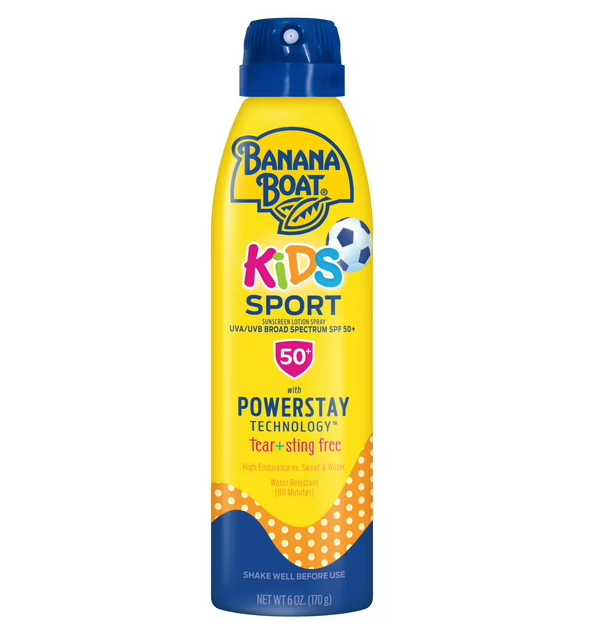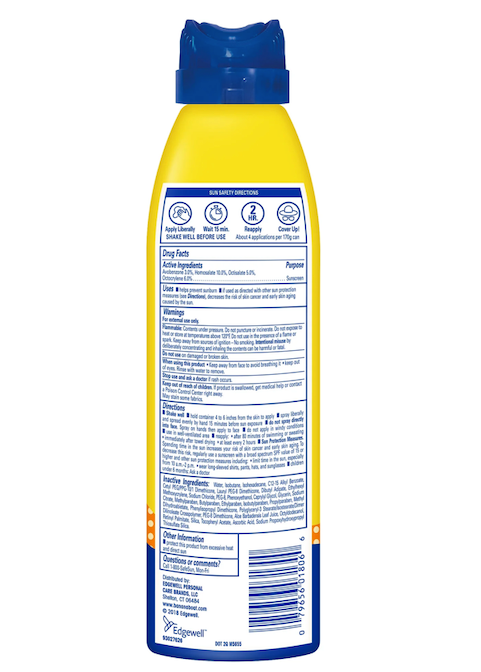What Is Octocrylene in Sunscreen? Benefits, Safety, and Controversies
Sunscreens contain a mix of ingredients designed to protect your skin from the harmful effects of the sun—and Octocrylene is one you’ve likely seen on labels but might not know much about. It plays a critical role in how many sunscreens function, especially in combination with other active ingredients.
What Is Octocrylene?
Octocrylene is a chemical UV filter used in sunscreens and other personal care products. It primarily protects against UVB rays and a small portion of short UVA rays, which can cause sunburn, premature aging, and skin cancer.
It appears in sunscreens as a clear, oil-soluble liquid and is approved for use at concentrations up to 10% in the U.S.
Why Is Octocrylene Used in Sunscreen?
Octocrylene is a popular ingredient because of its multifunctional benefits:
- Broad-Spectrum Support: While it's not a broad-spectrum filter on its own, it enhances protection when combined with other UV filters.
- Photostability Booster: It stabilizes avobenzone, a widely used UVA filter that otherwise degrades quickly in sunlight.
- Water Resistance: It helps sunscreen formulas stay effective during swimming or sweating.
- Formulation Benefits: Its oil-like consistency helps make sunscreens spread more easily and feel more moisturizing on the skin.
Is Octocrylene Safe?
In general, Octocrylene is considered safe for use in sunscreens. Regulatory bodies like the FDA, European Commission, and Health Canada have approved it with concentration limits.
However, it’s worth noting a few concerns that have been raised:
- Skin Sensitivity: Some people may experience irritation or allergic reactions, particularly with damaged or very sensitive skin.
- Environmental Concerns: Emerging research suggests Octocrylene may contribute to coral reef damage and accumulate in aquatic environments. Some locations, like Hawaii, have restricted certain chemical sunscreen ingredients, though Octocrylene is not yet banned everywhere.
- Potential Benzophenone Contamination: A 2021 study raised concerns that Octocrylene can degrade into benzophenone, a possible carcinogen, over time. While levels were generally low, it sparked further discussions around ingredient transparency and testing.
Should You Use Sunscreens with Octocrylene?
Pros:
- Great for sports and outdoor activities due to water resistance.
- Helps maintain long-lasting, photostable UVA/UVB protection.
- Often included in cosmetically elegant formulations (lightweight lotions, sprays, etc.).
Cons:
- May not be suitable for very sensitive skin or those with fragrance allergies.
- People concerned about environmental impact or ingredient purity may prefer to avoid it.
Final Thoughts
Octocrylene is a powerful supporting player in modern sunscreen formulations. It extends protection, improves wearability, and keeps other ingredients stable under sunlight. While some concerns exist, especially around sensitive skin and environmental impact, it remains a commonly used and well-researched ingredient.
If you’re unsure whether it’s right for you, try a patch test—or look for mineral sunscreens that use zinc oxide or titanium dioxide as alternatives.



